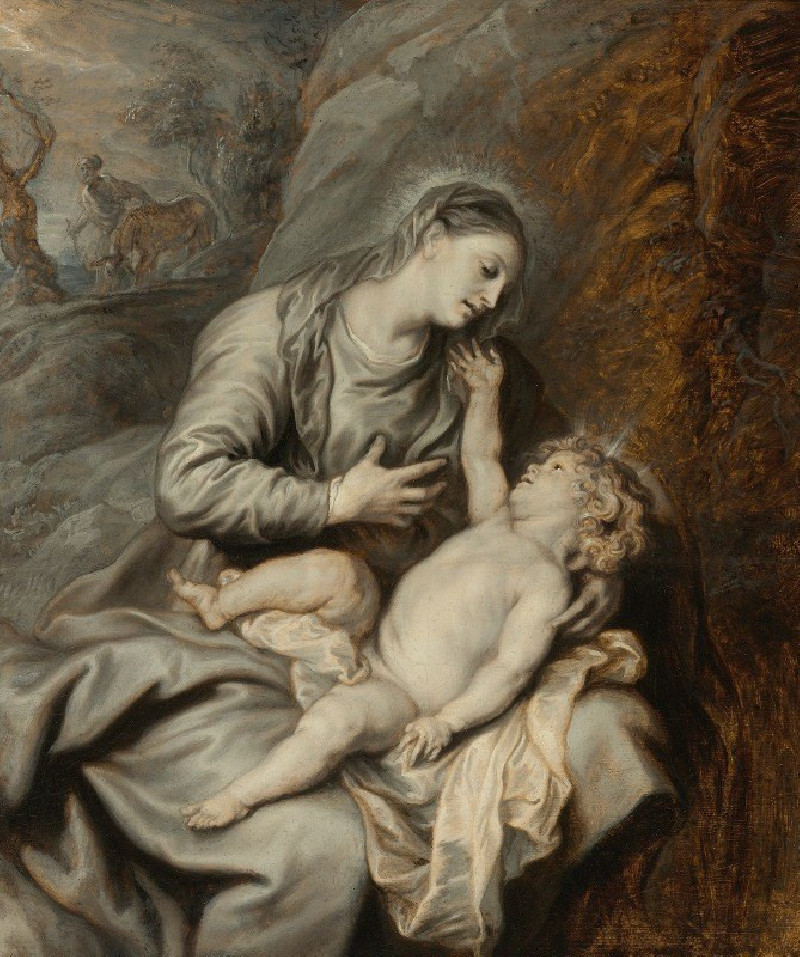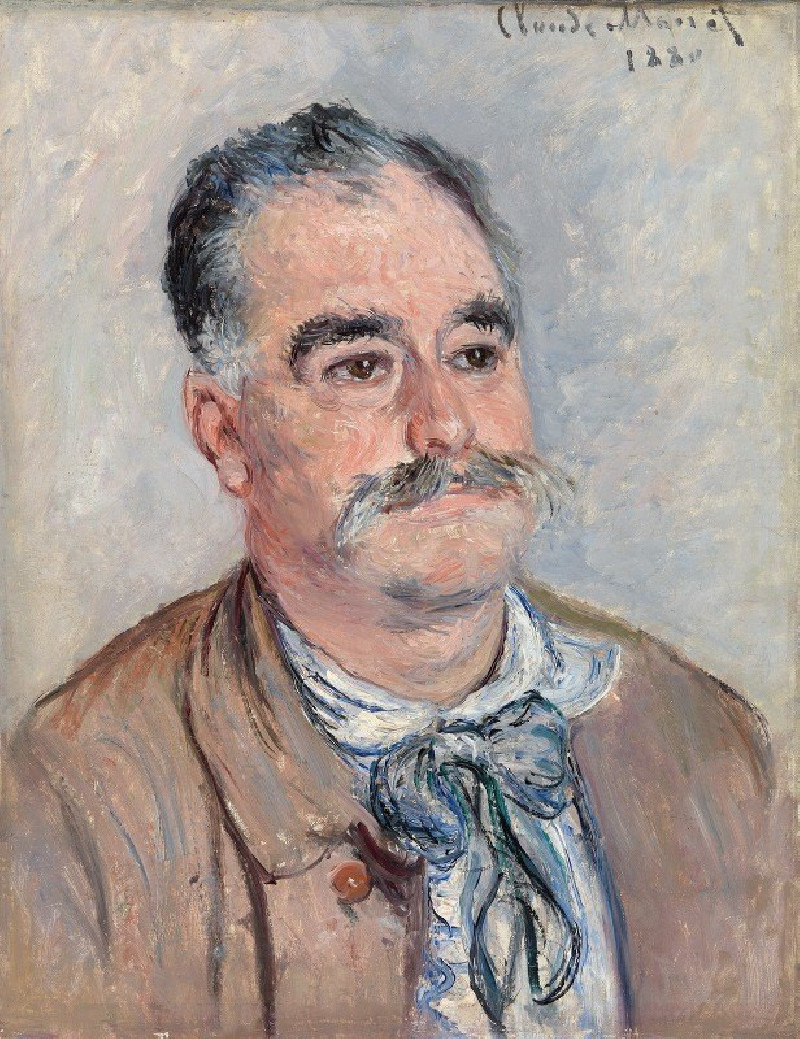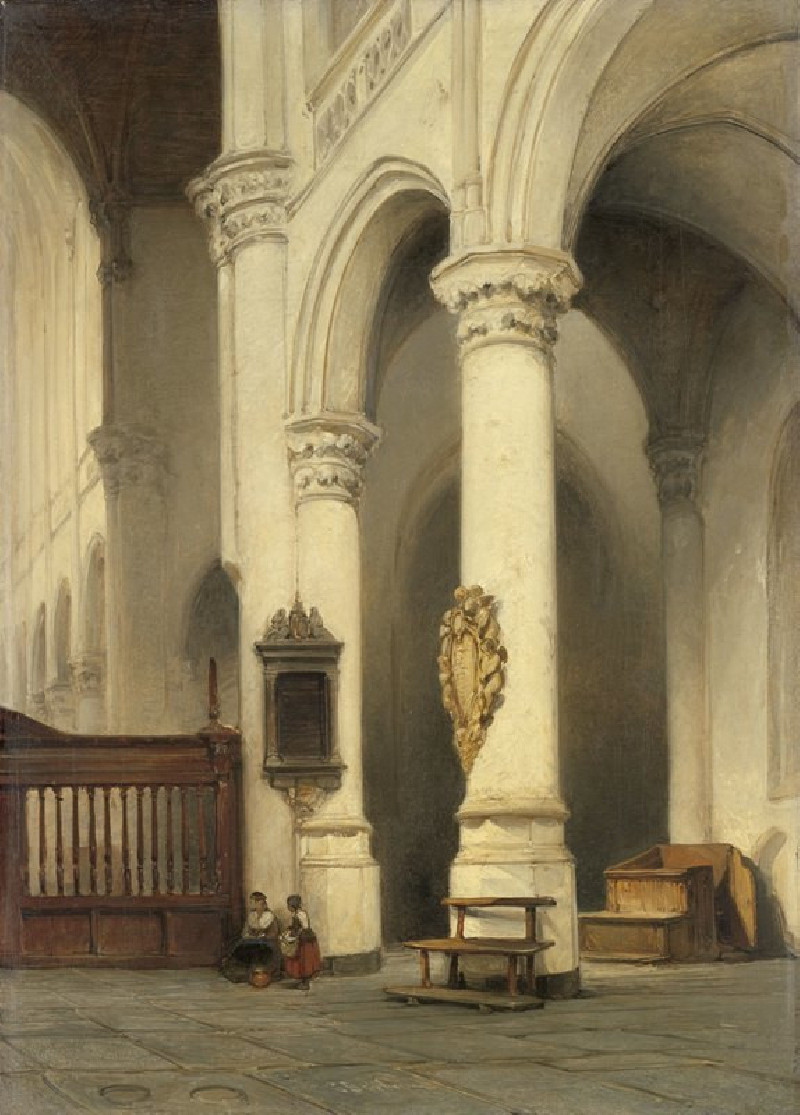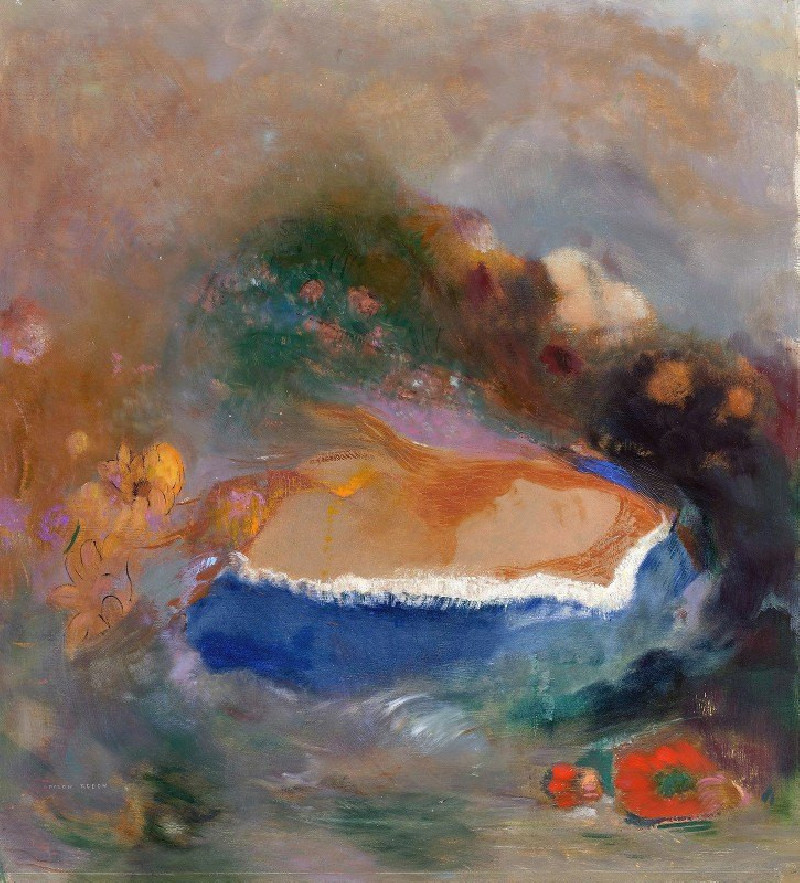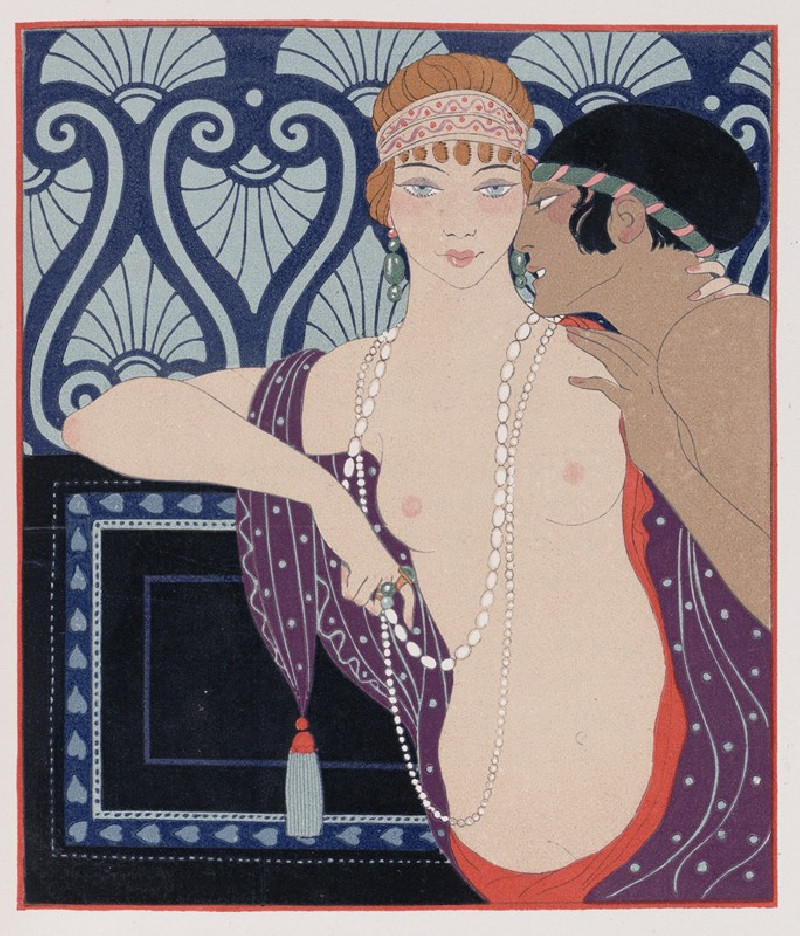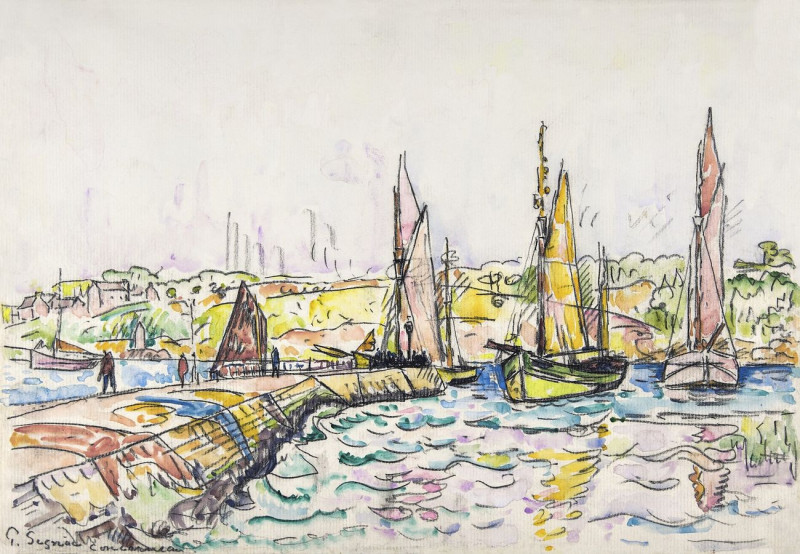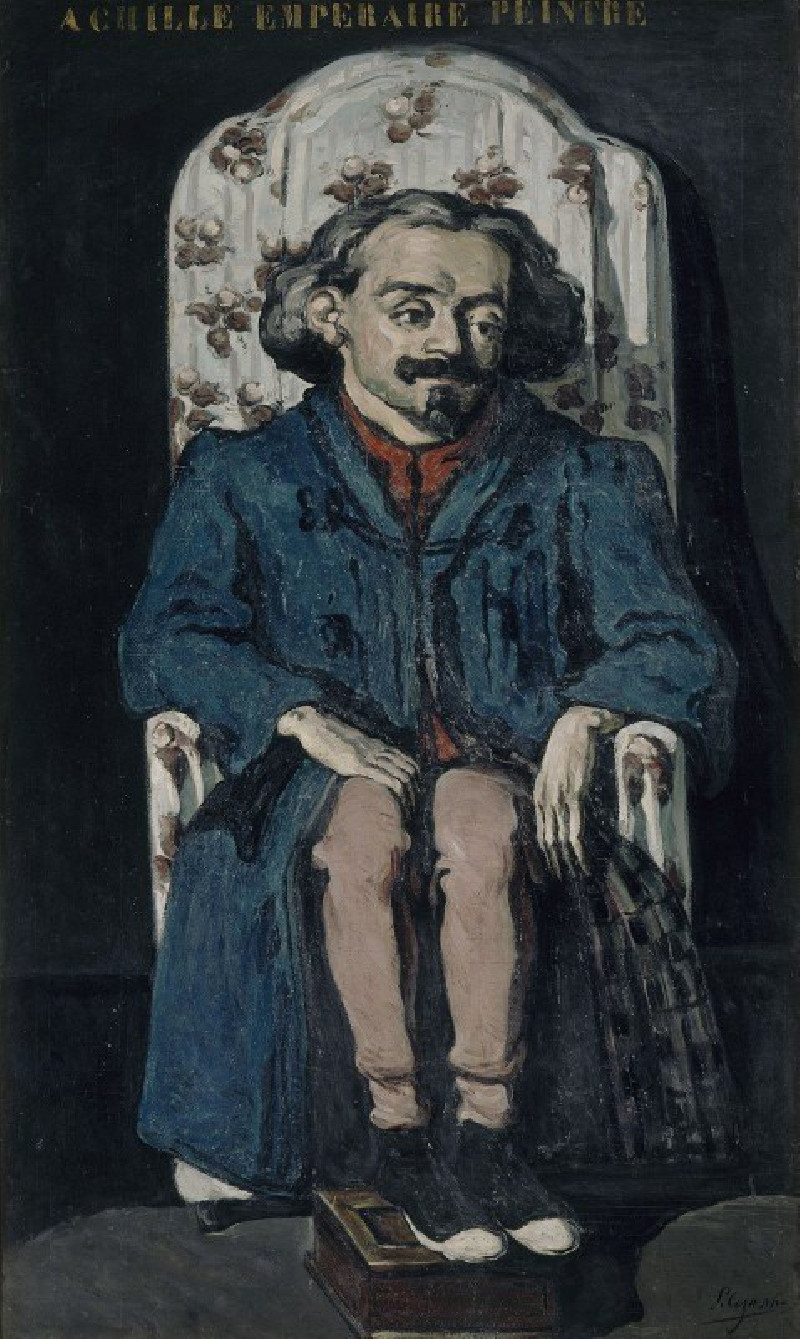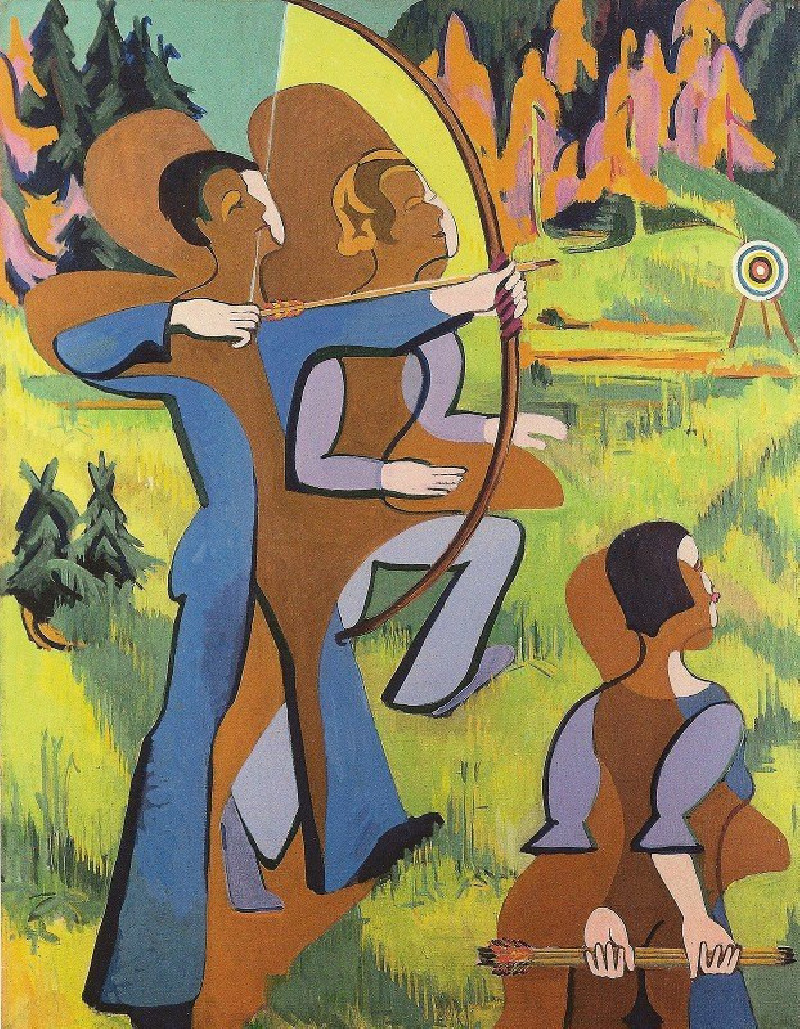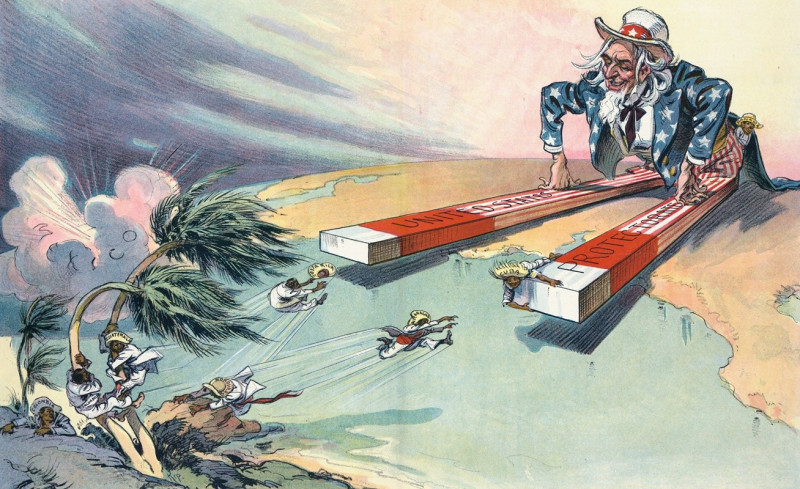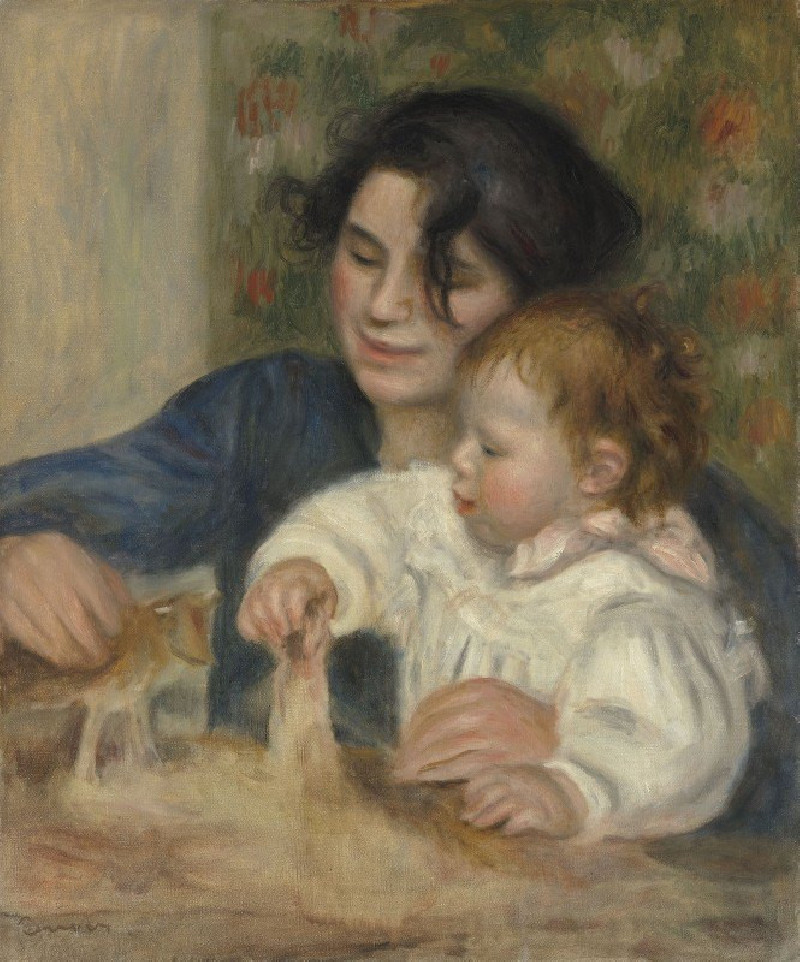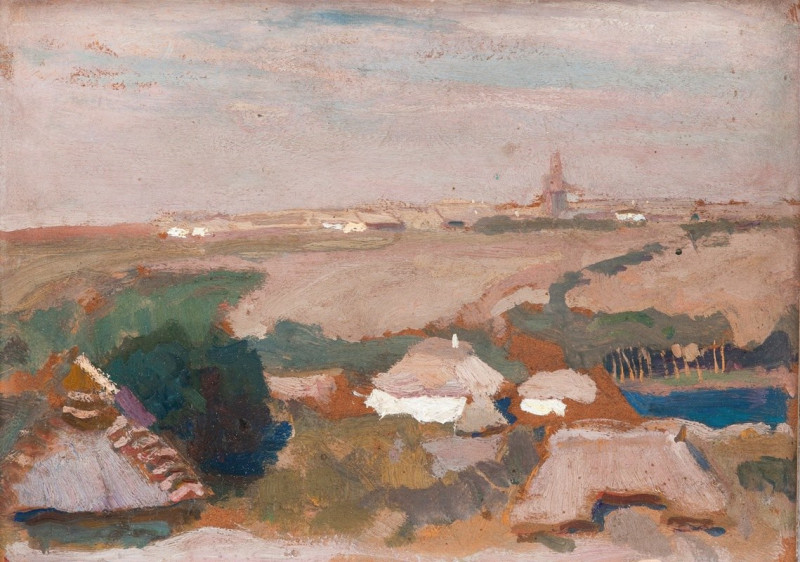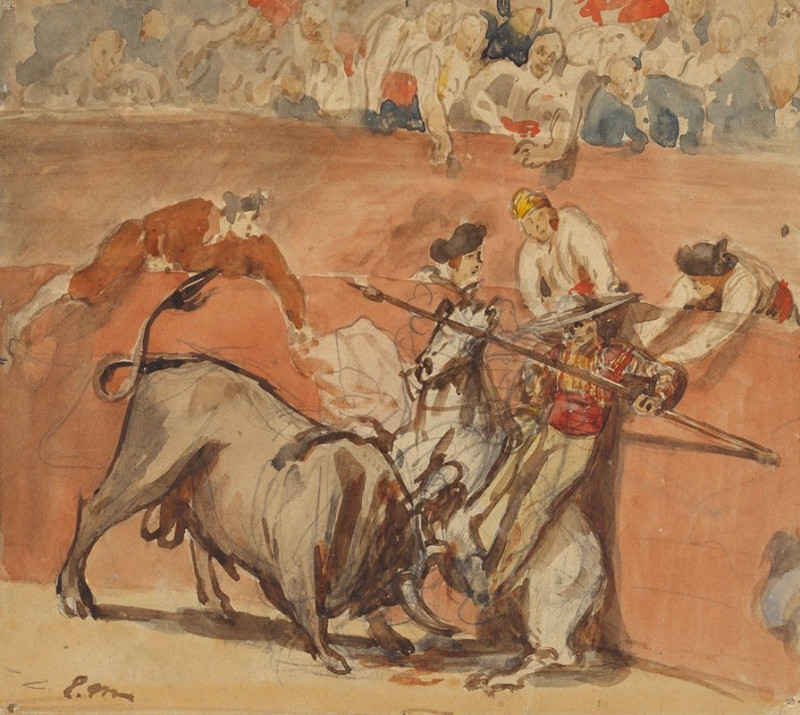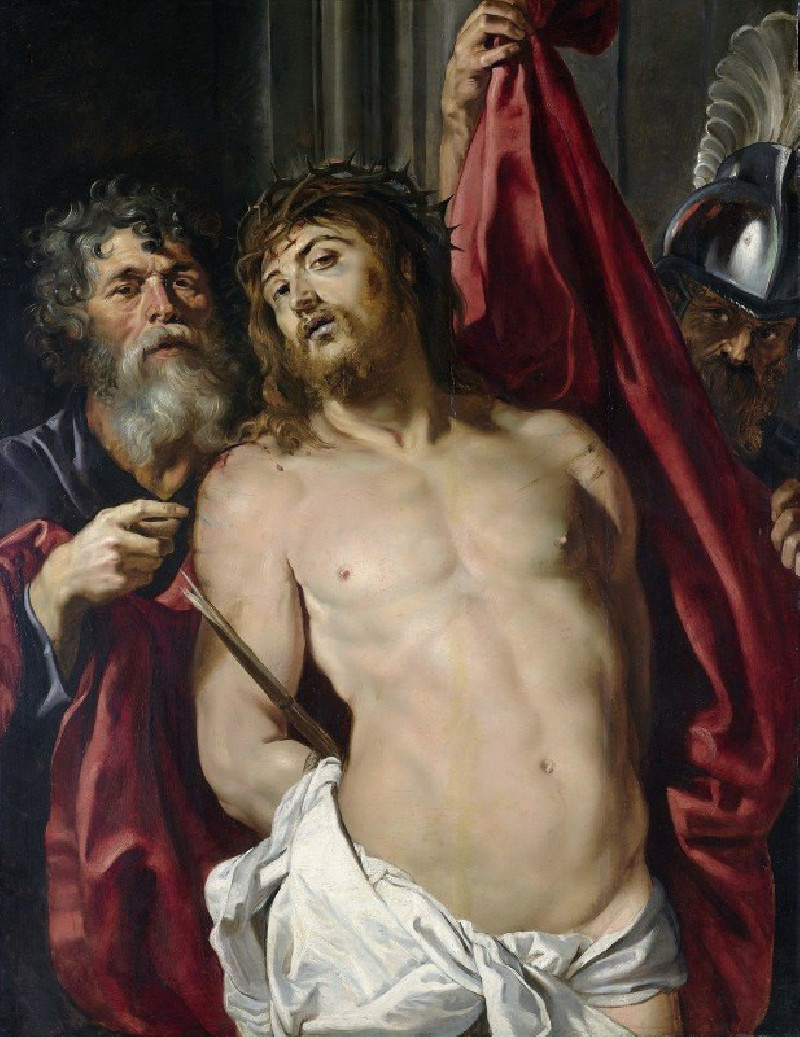Rest On The Flight Into Egypt
Technique: Giclée quality print
Recommended by our customers
More about this artwork
Description: Anthony van Dyck's "Rest on the Flight into Egypt" captures a tender and introspective moment of the Holy Family's Biblical journey escaping King Herod's decree. This evocative painting portrays the Virgin Mary cradling the infant Jesus in a serene, natural landscape. Mary, depicted with a gentle and nurturing expression, gazes lovingly at Jesus as he playfully reaches up to touch her face. Her muted gray and blue robe envelops her, adding an air of calm and protection.The backdrop of the painting features a rocky terrain, subtly hinting at the arduous journey they undertake. In the distance, Joseph is seen guiding a donkey, further emphasizing the narrative of travel and flight. Van Dyck masterfully uses soft light and fluid brushstrokes to create a luminous effect, focusing the viewer’s attention on the intimate interaction between mother and child.This piece not only showcases Van Dyck’s skill in rendering biblical themes with emotional depth but also serves as a reflection on themes of maternal love and divine protection.
Delivery
Returns
Sir Anthony van Dyck (1599 – 1641) was a Flemish Baroque artist who became the leading court painter in England after success in the Spanish Netherlands and Italy.
The seventh child of Frans van Dyck, a wealthy Antwerp silk merchant, Anthony painted from an early age. He was successful as an independent painter in his late teens, and became a master in the Antwerp guild in 1618. By this time he was working in the studio of the leading northern painter of the day, Peter Paul Rubens, who became a major influence on his work.

